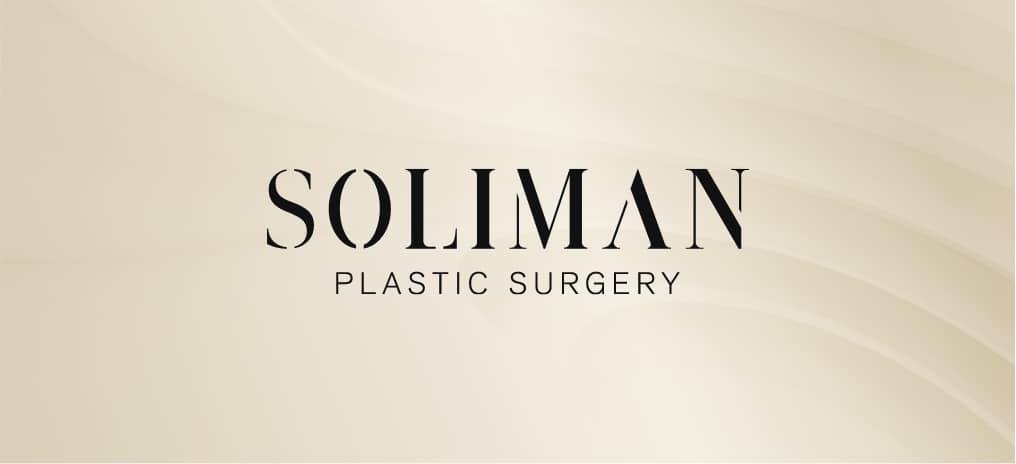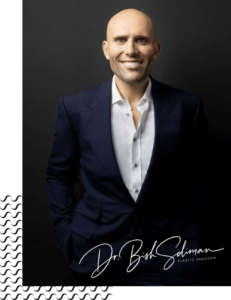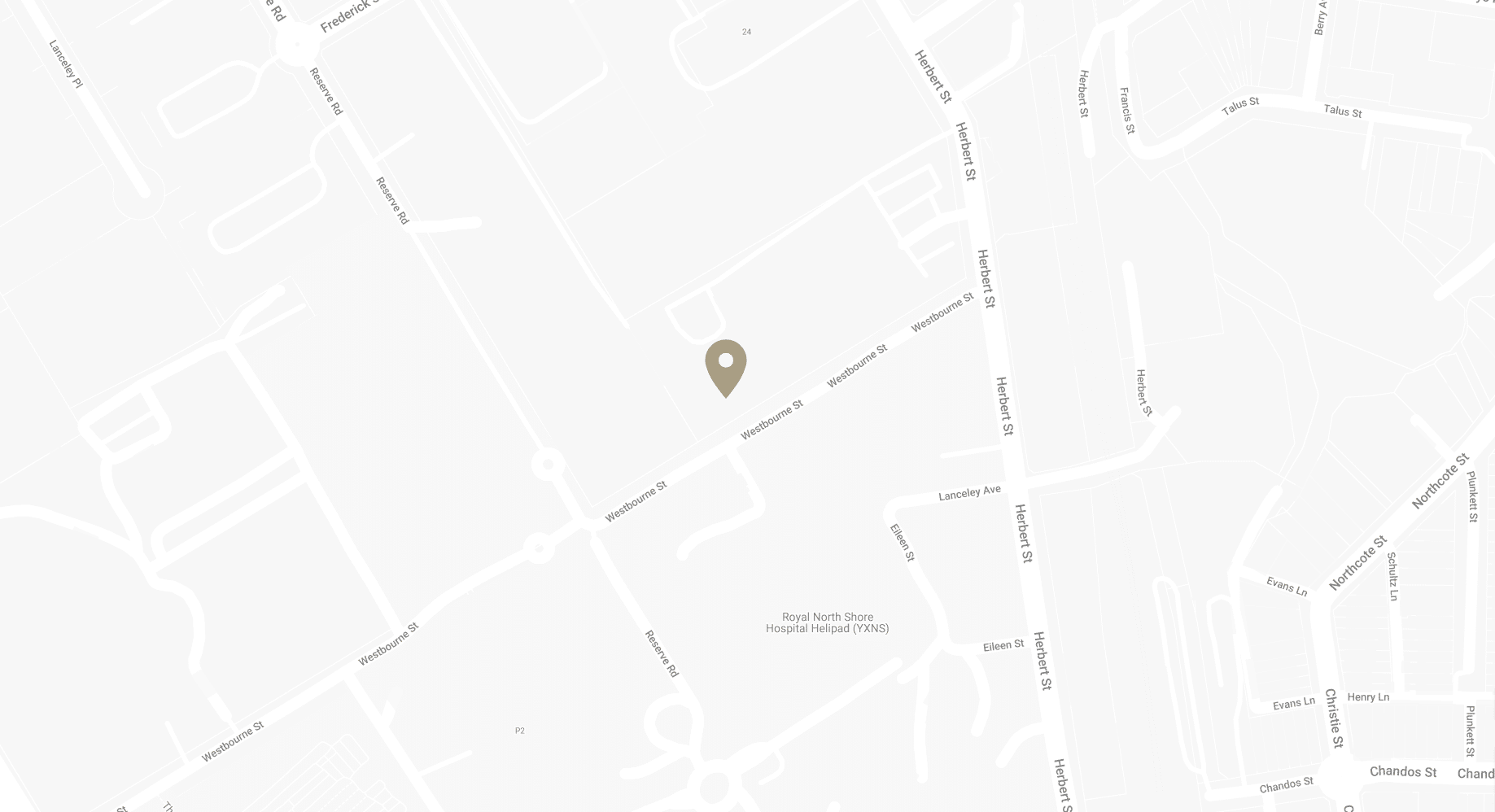Techniques and Strategies for Pain Management after DIEP Breast Reconstruction
If you’ve recently undergone DIEP flap surgery or are considering this procedure, you may have concerns about managing post-operative pain. In this blog post, Sydney Specialist Plastic Surgeon Dr Bish Soliman will explore various techniques and strategies to help you effectively manage pain after DIEP flap surgery and ensure a smooth recovery process.
Overview of Post-Operative Pain after DIEP Breast Reconstruction
After your DIEP flap surgery, it’s normal to experience some level of discomfort. The pain you feel may vary in intensity and duration, depending on factors such as your individual pain tolerance, the extent of your surgery, and your overall health. Common types of pain experienced post-surgery include surgical site pain, muscle soreness, and referred pain in the abdominal area.
You may have questions about what to expect in terms of pain and how long it will last. It’s important to remember that everyone’s experience is unique, and your healthcare team will work closely with you to develop a personalised pain management plan. Generally, pain is most intense in the first few days following surgery and gradually subsides over the following weeks.
Medication-Based Pain Management
One of the primary ways to manage post-operative pain is through the use of medications. Your surgeon or anaesthetist will prescribe appropriate pain medications, which may include a combination of opioids, non-steroidal anti-inflammatory drugs (NSAIDs), and other pain relievers. It’s important to take these medications as directed and to communicate any concerns or side effects.
In addition to prescription medications, over-the-counter pain relief options, such as paracetamol or ibuprofen, may be recommended to supplement your pain management regimen. Always consult with Dr Soliman before taking any additional medications to ensure they are safe and appropriate for your specific situation.
As your recovery progresses, Dr Soliman will guide you in tapering off pain medications gradually. It’s important not to stop taking your medications abruptly, as this can lead to withdrawal symptoms and increased pain. Work closely with Dr Soliman’s team to develop a safe and effective plan for reducing your reliance on pain medications over time.
Non-Pharmacological Pain Management Techniques
While medications play a crucial role in managing post-operative pain, there are several non-pharmacological techniques that can provide additional relief and comfort.
- One such technique is ice therapy. Applying ice packs or cold compresses to the surgical site can help reduce swelling, numb the area, and alleviate pain. Dr Soliman will provide specific instructions on how often and for how long to apply ice therapy.
- Compression garments are another valuable tool in managing pain and swelling after DIEP flap surgery. These specialised garments apply gentle pressure to the surgical site, promoting circulation and reducing fluid build-up. Wearing your compression garments as directed by your surgeon can significantly improve your comfort level and aid in the healing process.
- Gentle exercises and stretches can also be beneficial in managing pain and promoting recovery. Dr Soliman may recommend specific exercises to improve circulation, reduce stiffness, and prevent blood clots. These may include simple movements such as ankle pumps, leg lifts, and shoulder rolls. Remember to start slowly and listen to your body, avoiding any exercises that cause excessive pain or discomfort.
- Relaxation techniques, such as deep breathing and meditation, can be effective in managing pain and reducing stress. Deep breathing exercises involve taking slow, deliberate breaths, focusing on filling your lungs and exhaling slowly. This can help calm your mind, relax your muscles, and reduce the perception of pain. Meditation, whether guided or self-directed, can also promote relaxation and help you cope with the emotional aspects of recovery.
Lifestyle Modifications for Pain Management
In addition to medical interventions and specific pain management techniques, making certain lifestyle modifications can greatly impact your comfort level and overall recovery.
- One of the most important factors is getting adequate rest and sleep. Your body needs time to heal, and getting sufficient rest is crucial for managing pain and promoting tissue repair. Aim for at least 8 hours of sleep per night and take short naps throughout the day if needed.
- Maintaining a healthy diet is another key aspect of pain management and recovery. Eating a balanced diet rich in fruits, vegetables, lean proteins, and whole grains can provide your body with the nutrients it needs to heal efficiently. Avoid processed foods, excessive sugar, and alcohol, as these can increase inflammation and hinder the recovery process.
- Staying hydrated is equally important for managing pain and supporting your body’s healing mechanisms. Aim to drink at least 8 glasses of water per day, unless otherwise directed by Dr Soliman. Proper hydration helps flush out toxins, reduces swelling, and promotes overall well-being.
As you begin to feel better, you may be eager to resume your normal daily activities. However, it’s essential to do so gradually and under the guidance of your surgeon. Pace yourself and listen to your body, taking breaks when needed and avoiding activities that cause excessive pain or strain.
When to Seek Medical Attention
While some level of pain is expected after DIEP flap surgery, there are certain signs and symptoms that warrant immediate medical attention. If you experience any of the following, contact Dr Bish Soliman or his team promptly:
- Severe or uncontrolled pain that does not respond to prescribed medications
- Sudden increase in pain or swelling at the surgical site
- Redness, warmth, or discharge from the incision, which may indicate an infection
- Chest pain, shortness of breath, or leg pain, which may be signs of a blood clot
- Fever higher than 38°C
Keep in mind that Dr Soliman’s team is here to support you throughout your recovery journey. Don’t hesitate to reach out with any concerns, questions, or changes in your condition. Open communication is key to ensuring a safe and successful recovery.
Long-Term Pain Management after DIEP
As you progress in your recovery, you may wonder about the long-term outlook for pain management and overall healing. While every patient’s journey is unique, most individuals experience a significant reduction in pain within the first few weeks following surgery. However, it’s not uncommon to have some residual discomfort or sensitivity for several months.
To minimise long-term discomfort and promote optimal healing, Dr Soliman may recommend various scar management techniques. These may include massage, silicone gel sheeting, or topical treatments to help soften and flatten scars. Adhering to these techniques can not only improve the appearance of your scars but also reduce any associated pain or itching.
As you continue to heal, you may be eager to resume exercise and physical activities. It’s crucial to do so under the guidance of Dr Soliman and physiotherapist. They will provide specific guidelines on when and how to safely reintroduce exercise into your routine. Start slowly and gradually increase the intensity and duration of your workouts, paying close attention to your body’s response. If you experience excessive pain or discomfort, take a step back and consult with your healthcare team.
Tips to Maintain Good Posture to Reduce Pain after DIEP
Maintaining good posture and body mechanics is essential for minimising pain and promoting healing during your recovery from DIEP flap surgery. Here are some tips to help you maintain proper posture and body mechanics:
- Sit up straight: When sitting, keep your back straight and your shoulders relaxed. Use a supportive chair with a backrest, and consider using a lumbar roll or pillow to support your lower back. Avoid slouching or hunching forward, as this can put unnecessary strain on your surgical site and cause discomfort.
- Support yourself when standing: When standing, keep your feet shoulder-width apart and distribute your weight evenly. Engage your core muscles to support your trunk and maintain a neutral spine. Avoid standing for prolonged periods, and take frequent breaks to sit or lie down.
- Sleep in a supportive position: When sleeping, lie on your back with a pillow or two under your knees to maintain a flexed spine. If you prefer to sleep on your side, place a pillow between your legs to keep your hips and spine aligned. Avoid sleeping on your stomach, as this can put excessive pressure on your surgical site.
- Use proper body mechanics when lifting: If you need to lift objects during your recovery, use proper body mechanics to minimise strain on your surgical site. Keep the object close to your body, bend at your knees (not your waist), and engage your core muscles as you lift. Avoid lifting heavy objects until Dr Soliman gives you the go-ahead.
- Take frequent breaks: During activities or exercises, take frequent breaks to rest and avoid overexertion. Listen to your body and stop if you experience pain or discomfort. Gradually increase your activity level as your recovery progresses.
- Use assistive devices: If recommended by Dr Bish Soliman or physical therapist, use assistive devices such as a walker, cane, or grabber tool to help you maintain proper posture and avoid straining your surgical site during daily activities.
- Perform gentle stretches: Perform gentle stretches to maintain flexibility and prevent stiffness. Focus on stretching your neck, shoulders, upper back, and legs. Avoid stretches that put direct strain on your surgical site or cause pain.
- Practice good ergonomics: When working at a desk or using a computer, ensure that your workstation is set up ergonomically. Keep your computer screen at eye level, use a supportive chair, and keep your feet flat on the floor. Take frequent breaks to stand up, stretch, and move around.
FAQs about Pain Management and DIEP Flap Surgery
Can I take my pain medications on an empty stomach?
- It depends on the specific medication. Some pain medications, such as ibuprofen or aspirin, should be taken with food to reduce the risk of stomach irritation. Others, like paracetamol, can be taken with or without food. Always follow the instructions provided by your surgeon or pharmacist, and if you’re unsure, don’t hesitate to ask.
How long will I need to wear compression garments after DIEP flap surgery?
- The duration of wearing compression garments varies from patient to patient. Typically, you’ll be advised to wear compression garments 24/7 for the first 4-6 weeks after surgery, except when showering or bathing. After this initial period, Dr Bish Soliman may recommend wearing the garments for an additional few weeks during the day. Compression garments help reduce swelling, support the surgical site, and promote healing.
Can I apply heat to manage pain after DIEP flap surgery?
- In the early stages of recovery, it’s generally recommended to avoid applying heat to the surgical site. Heat can increase swelling and potentially lead to complications. Stick to cold therapy (ice packs or cold compresses) as advised by Dr Soliman. Once you’re further along in your recovery, Dr Soliman may give you the go-ahead to use heat therapy to manage any residual discomfort or stiffness.
Is it safe to take herbal supplements or alternative remedies for pain management?
- It’s crucial to consult with Dr Soliman or his team before taking any herbal supplements or alternative remedies during your recovery. Some supplements can interact with your prescribed medications or increase the risk of bleeding and other complications. Dr Soliman will be able to advise you on the safety and suitability of any additional remedies you’re considering.
How can I manage pain when transitioning from lying down to standing up?
Transitioning from lying down to standing up can be challenging in the early stages of recovery. To minimise pain and discomfort, try the following techniques:
- Roll onto your side first, then slowly push yourself up into a seated position using your arms.
- Take a few deep breaths and allow yourself a moment to adjust before standing up.
- Use your abdominal muscles to support your core as you stand, and move slowly and deliberately.
- If you feel dizzy or lightheaded, sit back down and wait a few minutes before trying again.
- Consider using a supportive pillow or cushion to help you sit up and stand more comfortably.
Further Reading about DIEP Breast Reconstruction with Sydney Specialist Plastic Surgeon Dr Bish Soliman
- Read Dr Bish Soliman’s Blog about How Much Does Breast Reconstruction cost in Australia?
- Read Dr Bish Soliman’s Blog about Options for Breast Reconstruction – Immediate or Delayed Breast Reconstruction
- Read Dr Bish Soliman’s Blog about Why Dr Soliman Prefers DIEP Breast Reconstruction?
- Read Dr Bish Soliman’s Blog about Who Are the Best DIEP Breast Reconstruction Surgeons in the World?
- Read Dr Bish Soliman’s Blog about Medicare for DIEP Breast Reconstruction
Medical References about DIEP Breast Reconstruction and Pain Management
- Postoperative Pain Management in DIEP Flap Breast Reconstruction: Identification of Patients With Poor Pain Control
- Factors influencing postoperative abdominal pain in DIEP flap breast reconstruction
- Does surgical procedure type impact postoperative pain and recovery in deep inferior epigastric artery perforator flap breast reconstruction?
- Postoperative morphine requirements of free TRAM and DIEP flaps
- Ultrasound-guided bilateral transversus abdominis plane block for postoperative analgesia after breast reconstruction by DIEP flap



